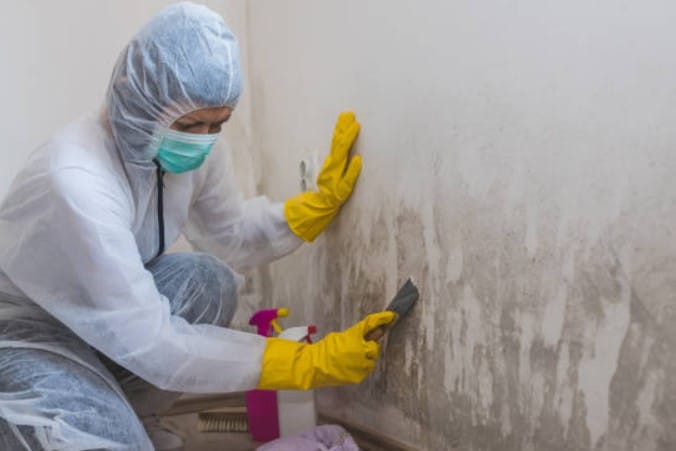When referring to mold, not all variations are created equal. In general, there are beneficial molds and harmful molds, but the types we find in our homes and businesses are never great to keep around and often require a professional for mold clean up and remediation. Indoor mold is broken down into 3 categories.
- Allergenic- These commonly can give you respiratory issues, and allergies or allergy-like symptoms
- Pathogenic- This type of mold can cause infections, especially with those who are immunocompromised
- Toxic- This is the most dangerous and is toxic to all humans and animals who come into contact with it or breathe in the mold spores
There are many instances where the things we come into contact with are out of our control. When it comes to your personal environment we encourage you to take your health into your own hands and contact professionals like those at Disaster Recovery Pros when you suspect you may need mold clean up. Here is some information on the molds you may encounter within your residential or commercial property.
Trichoderma
Typically this allergenic mold can be found in white and green colonies. At times it can be found in HVAC systems, but is most commonly found on wallpaper, carpet, and other fabrics, but produces an enzyme that is devastating to woods and paper.
Cladosporium
This is the most widespread mold and is classified as an allergenic mold. This mold is commonly found on porous materials or building materials and can thrive in many climates. This mold can affect the skin with rashes and irritation as well as cause allergy-like symptoms.
Aspergillus
Aspergillus is an allergenic mold, but certain species are also pathogenic molds. There are over 100 species of this type of mold that come in all sorts of appearances and colors. This mold often causes allergic reactions with those who come in contact with it. Health effects range greatly depending on the individual’s immune system and respiratory system, and can be potentially very serious and lead to airway inflammation. The range of possible side effects or illnesses this mold can cause is referred to as aspergillosis. Some species are able to produce carcinogens known as aflatoxins, which are deadly. Due to their shape, this type of mold can form thick layers and potentially walls of mold.
Alternaria
Another allergenic mold, Alternaria has over 50 species. It is generally seen as dark gray spots, and is a common cause of allergy symptoms outdoors. When indoors, it generally needs a damp environment on woods, building materials, paper products, and textiles. This mold can spread rapidly and should be dealt with immediately to avoid any adverse side effects.
Stachybotrys
This is the infamous and toxic black mold. It often appears black or dark green with a slimy texture. Most commonly this mold is found on wood and paper goods. Moisture is mandatory for its growth so it is often found with water damage. Black mold creates mycotoxins, which have been proven to affect your immune system and can even cause cancer. Some side effects of black mold exposure include intense headaches, fever, allergy symptoms, stubborn cough, nose bleeds, and can trigger allergy symptoms.
Don’t allow mold to control your health and quality of life. Contact the highly trained experts at Disaster Recovery Pros to help you with mold clean up, removal, and mold remediation, at the first sight or suspicion.


